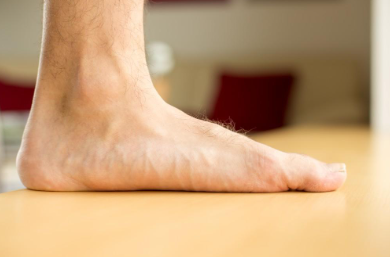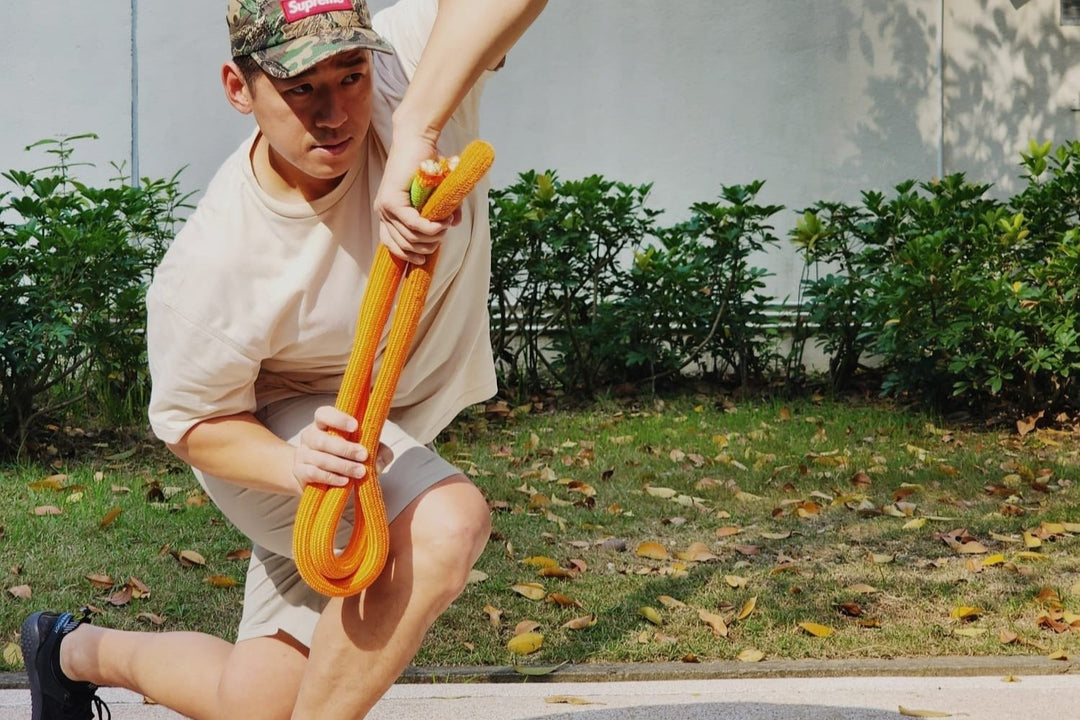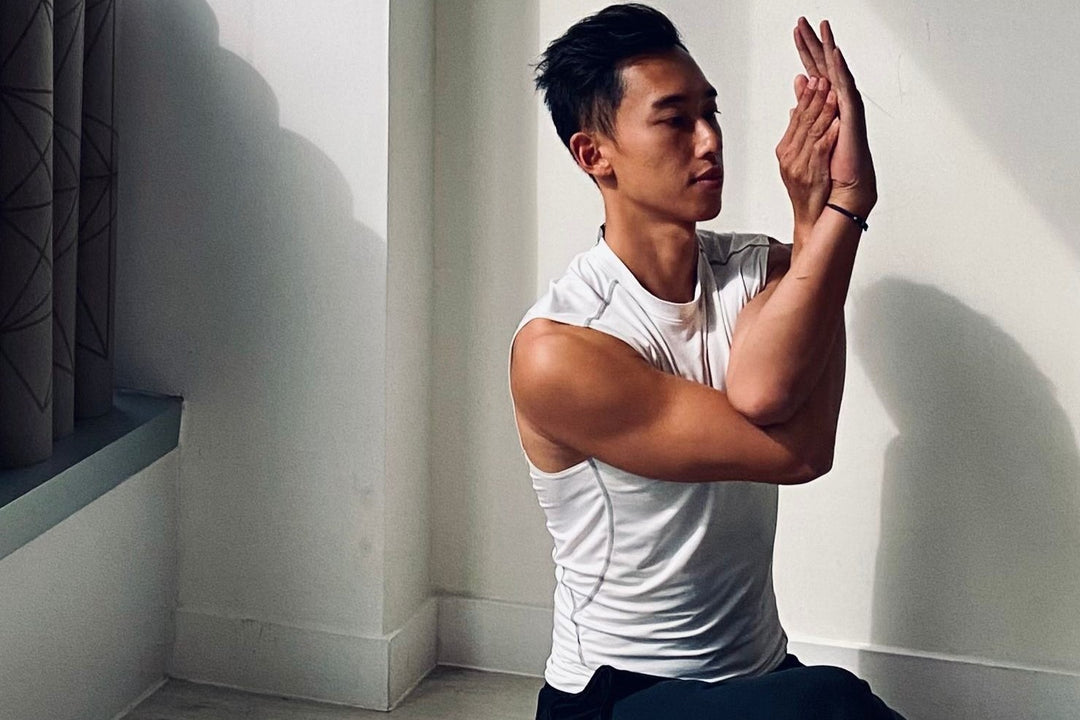【What is Flat Feet?】Understanding the causes of flat feet, learning the methods for correcting and treating flat feet, and discovering recommended flat feet shoes for individuals.

1) What are flat feet?
Flat feet refers to the condition where one or both feet have little to no arch. This condition can be congenital or develop during the growth process. In the long run, flat feet can result in insufficient support while walking or standing, causing the foot to lose its normal cushioning and shock-absorbing functions. Over time, this can lead to foot pain, muscle fatigue, leg pain, knee pain, and lower back pain.
Hence, most individuals with flat feet seek various methods for correction or treatment. For instance, specialized shoes, insoles, and flat feet running shoes designed for flat feet patients. Additionally, there are centers specialized in treating flat feet, improving their condition.

2) The causes of flat feet:
The causes of flat feet can be attributed to various factors, including:
1. Congenital: Some individuals are born with flat feet, including cases caused by genetic inheritance or fetal development issues.
2. Acquired: Flat feet can also develop during the growth process due to factors such as wearing ill-fitting shoes, being overweight, or aging. Additionally, injuries or other foot-related issues can also lead to the formation of flat feet.
3. Neurological Disorders: Certain neurological conditions such as multiple sclerosis may also lead to the development of flat feet.
4. Bone Disorders: Certain bone conditions such as osteoporosis may also lead to the development of flat feet.
3) Some methods to determine if you have flat feet:
1. Wet Footprint Test: Wet the bottom of your foot and then step onto a clean piece of paper. Examine the footprint. If the imprint shows a distinct curve along the arch in the middle, your arch height is considered normal. On the other hand, if the imprint shows a complete footprint totally filled in without much of an inward curve in the center, you likely have flat feet.
2. Tip-Toe Test: Sit on a chair with both feet flat on the ground, then raise your heels to stand on your tiptoes. If the arch of your foot becomes more pronounced, your arch height may be normal. If there is no change in the arch and it remains flat, you may have flat feet.
3. Check Your Shoes: If the inner side of your shoe sole is more worn than the other side, it may indicate that you likely have flat feet.
4) Methods for flat feet correction and treatment
1. Choosing appropriate footwear:
Flat feet patients can choose according to different needs to improve their flat feet condition:
Wide Toe Box: A wider toe box provides more space for toe movement, allowing better utilization of the foot's support points, improving walking posture, and training foot muscles, ultimately helping to restore the arch of the foot.

Thin Sole: A thin sole enhances feedback to the plantar nerves. Many people mistakenly believe that using thick orthotic insoles can improve flat feet. In reality, thick insoles only provide passive support, lifting your arch, which can weaken the intrinsic strength of the foot's arch muscles. This does not offer substantial help in correcting flat feet.

Use Materials with High softness: Whether it's the sole or the upper, both need to be soft enough to enhance foot movement range, activate the arch muscles, and develop the arch curvature through walking.

2. Physical Therapy:
Physiotherapists can improve the strength and flexibility of foot muscles and joints through methods such as exercises and massages, ultimately enhancing gait and arch support. Before receiving any treatment, please consult a doctor for professional advice.
3. Foot Exercises:
Engaging in foot exercises can strengthen foot muscles and enhance arch support.
4. Surgery:
If flat feet condition is severe, surgery may be necessary. Surgery of adjusting the bones, joints, and soft tissues of the foot to improve arch height and support. Before receiving any treatment, please consult a doctor for professional advice.
5) Barefoot/Flat Feet Shoes Suitable for Flat Feet Individuals
1. Barebarics Zing

For those new to barefoot/flatfoot shoes, it is recommended considering the Barebarics Zing Barefoot Casual Shoes. These shoes featured a wide toe box design, allowing toe splaying comfortably. The moderate thickness of the sole, combined with a Zero-drop design that balances the entire foot's height, enables you to gradually regain arch strength through walking and improve flatfoot conditions.
2. Be Lenka - Sophie - Ballet Flats

For women with flat feet, the biggest challenge lies in finding a pair of comfortable work shoes that can also help improve the flat feet condition. Be Lenka Sophie draws inspiration from dance shoes, featuring a lightweight and flexible sole and a pliant shoe body. Through daily walking, it helps to restore arch strength. Simultaneously, its elegant and sophisticated design makes it suitable for important occasions.
3. Be Lenka - Champ

The latest update bestselling model, Be Lenka - Champ, maintains its minimalist design. The 4mm soft and lightweight sole enhances the plantar nerves feedback, helping to regain traction and arch muscle strength, effectively improving flatfoot conditions. The shoe tongue is specially thickened and softened, while the toecap is designed with breathable holes, ensuring comfort wearing. It has become a favorite among minimalist enthusiasts.
6) Am I suitable to wear barefoot/flat feet shoes?
Before purchasing barefoot / flat feet shoes, you can first test at home using the following two methods. If the flat feet condition reaches level 3, it is not suitable to wear them.
Test 1: Walk barefoot for 5 minutes and assess whether there is any pain in the feet.

Test 2: Step on diatomaceous earth with wet feet and observe the footprints. The three imprints on the left represent flatfoot conditions at levels 0-2, while the rightmost imprint indicates flatfoot at level 3.

By reading this article, you've learned more about barefoot shoes and gained valuable insights in selecting a perfect pair. If you're interested in knowing more about barefoot shoes, check out the Barefoot Asia website. What’s more, stay tuned with the latest information by subscribing to our Facebook.






